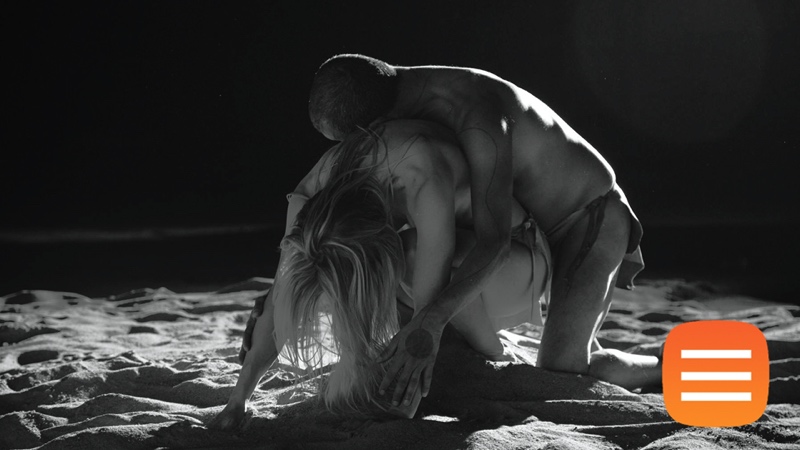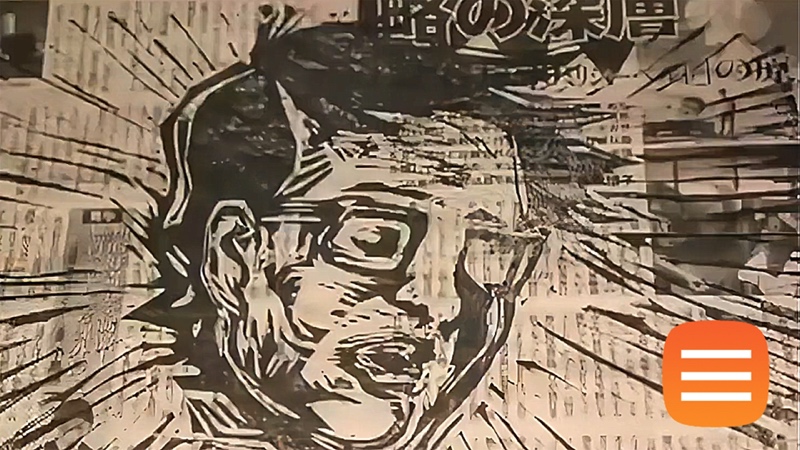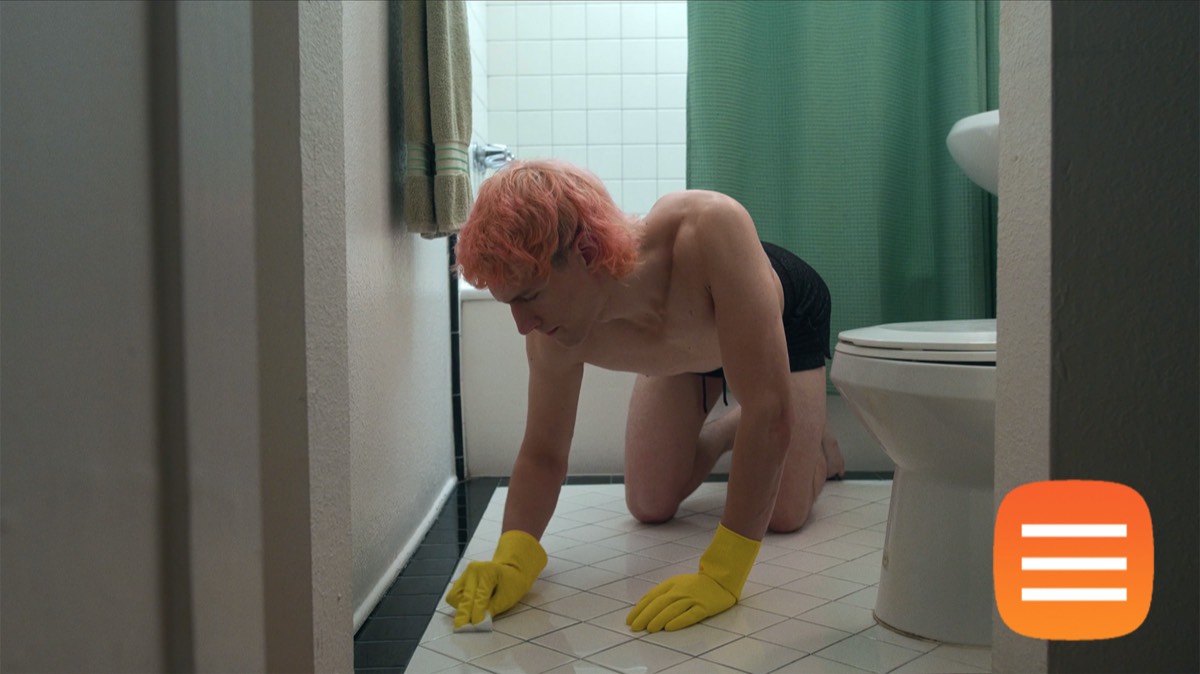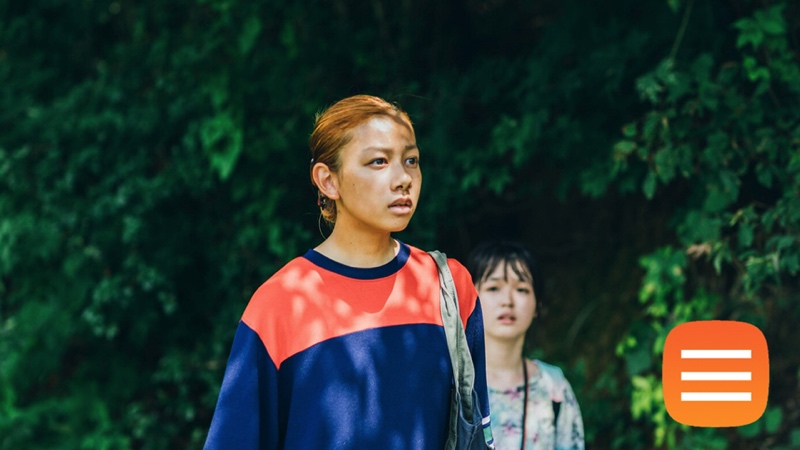“A motivating profile revealing accessibility as visible art.”
Lego Oma
Rita Ebel, aka the Lego Oma, is a German grandmother and wheelchair user. A car accident broke her lumbar spine and caused paralysis from her waist down. When she noticed that most of the stores in her hometown Hanau were inaccessible to her, she decided to make a statement by building wheelchair ramps from Legos, each a unique piece of art.
Karina Sturm
Director Bio :
Karina Sturm is a 36-year-old disabled multimedia journalist and previous research associate living with Ehlers-Danlos syndrome and many other comorbid conditions. She graduated with a MA with distinction in international journalism from Edinburgh Napier University in Scotland and works for German and US publications focusing on the accurate representation of people with chronic illnesses and disabilities in media. Besides her work as a journalist, she is also an author, currently writing a German guide book about how to not be ableist, and with her blog and podcast, she educates people about invisible disabilities and chronic illnesses to further reduce common stereotypes.
Karina has been active in the EDS and larger disability community for more than a decade and interviewed and worked with many disability activists across the globe. Through producing multimedia content for magazines such as ABILITY Magazine and filming her feature-length documentary We Are Visible, which highlights the lives of people with EDS in six different countries, Karina has gained significant experience she brings into further documentary film projects.
Director Statement :
Did you know that people with disabilities are the largest minority in the world? In fact, according to the WHO, 15 percent of all people around the globe are disabled, 20 percent in the Western Hemisphere, and even more, one quarter, in the US. Disability can and likely will affect every single person at some point in their life – whether it’s permanent or temporary.
However, those facts aren’t reflected in and by the media at all. People with disabilities are largely underrepresented – not only in front of the camera but also behind the scenes. It doesn’t matter if we talk about fiction films or documentaries, disability is rarely a topic, and even if it is, the portrayal of people with disabilities is still highly stereotypical, often in the form of ‘Inspiration Porn,’ a term coined by Stella Young. The disability activist legitimately criticized the media for continuously portraying people with disabilities inaccurately. Specifically, journalists and filmmakers use the disability community’s regular, everyday activities to inspire a non-disabled audience.
When people with disabilities get misrepresented on a daily basis, it sends a wrong message to the non-disabled audience, and worse, it influences how the persons with disabilities perceive themselves. So it’s crucial to focus on accurate representation.
Particularly moving pictures shape our worldview and influence how we see each other. So filmmakers might be the key players to help eradicate common misconceptions around people with disabilities. That’s why it’s so important to let journalists and filmmakers who are disabled and chronically ill themselves tell those stories.
I aim to live ‘Nothing about us without us,’ a phrase used by disability activists worldwide to convince media makers to include the community, and I want to show that disability representation can be accurate and educational, and entertaining at the same time, without using common stereotypes.








